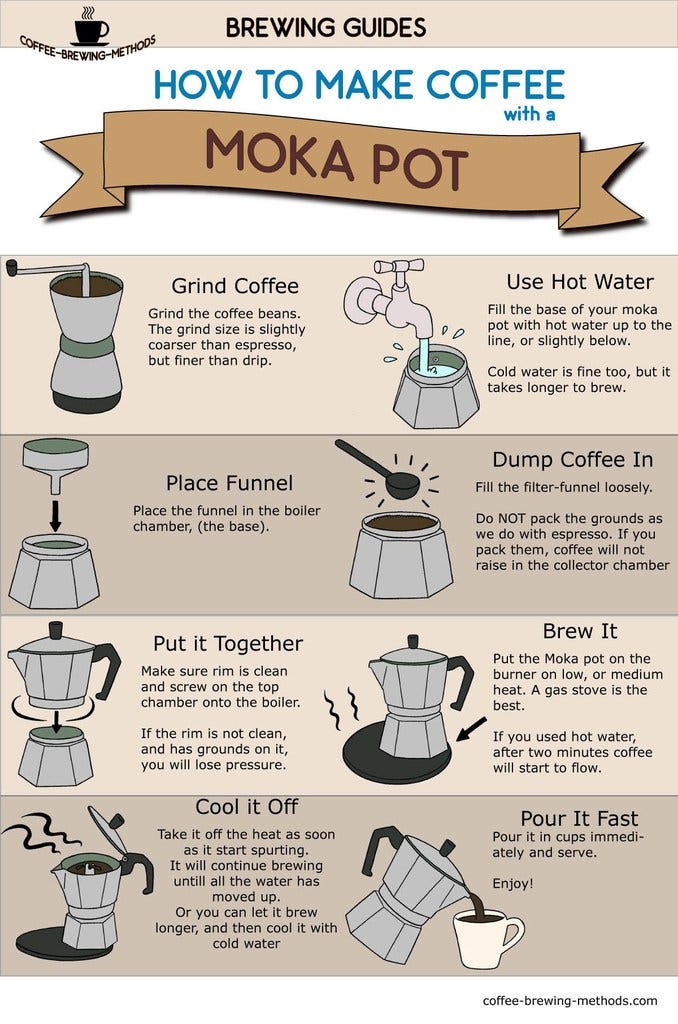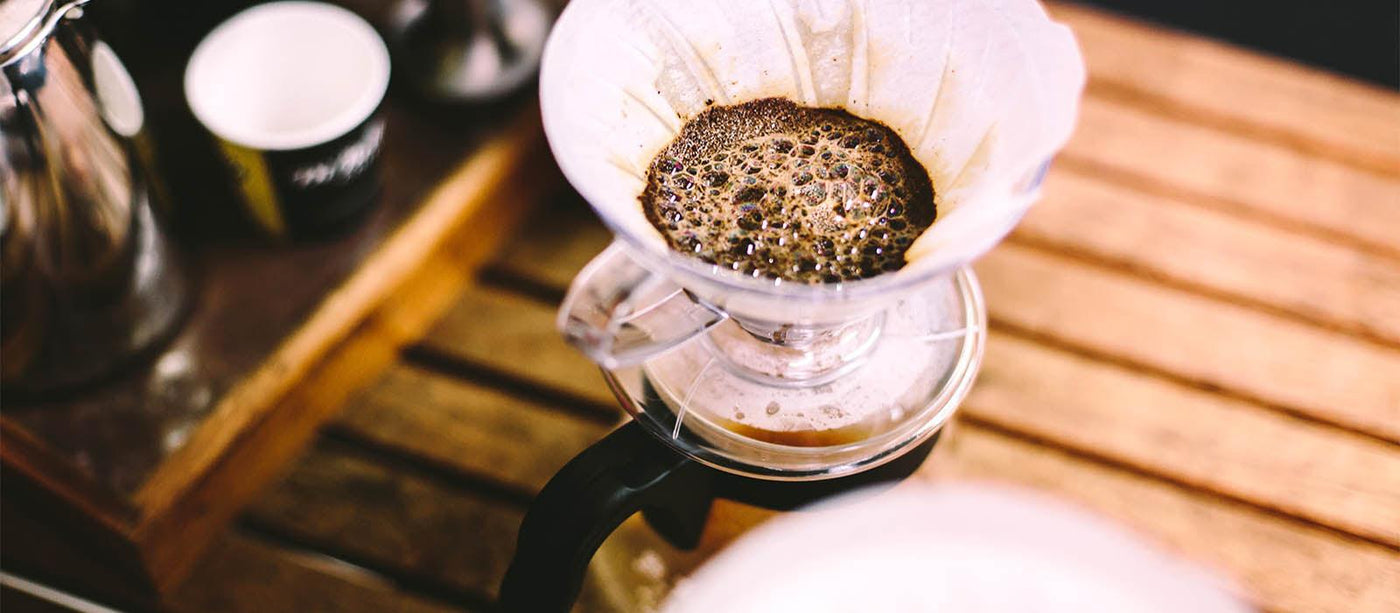The Scientific Research Behind Coffee Developing: Exactly How Temperature Level and Time Affect Your Drink
Recognizing the science behind coffee brewing reveals that temperature level and time are not plain variables however pivotal elements that dictate the drink's taste profile and overall high quality. The optimum brewing temperature level normally drops between 195 ° F and 205 ° F, while the period of extraction varies considerably across various techniques. This interplay of aspects can result in a mug that is either disappointing or fascinating. As we discover the nuances of these aspects, the inquiry emerges: how can one properly balance temperature and time to attain that perfect brew?
The Chemistry of Coffee Removal
The chemistry of coffee removal delves right into the detailed procedures that change raw coffee beans into the fragrant beverage delighted in worldwide. This makeover primarily entails the solubility of various substances existing in the beans, which are influenced by aspects such as grind size, water quality, and the brewing method employed.
Throughout the brewing process, hot water serves as a solvent, removing soluble compounds, consisting of caffeine, lipids, acids, and sugars, from the coffee grounds. Each compound contributes to the flavor profile, fragrance, and body of the final beverage. For circumstances, acids are responsible for zesty and intense notes, while oils add to an abundant mouthfeel.
The extraction procedure is not consistent; different compounds liquify at various rates. The initial stages of developing essence acids and sugars, causing a positive level of acidity, while extended extraction can cause resentment because of over-extraction of unfavorable substances. Comprehending these chemical communications is essential for maximizing brewing methods, as the balance in between extraction time and water temperature can considerably influence the general quality of the coffee. Eventually, mastering the chemistry of coffee removal is essential to achieving a well-rounded and tasty mug.
Ideal Brewing Temperatures
Discovering the appropriate developing temperature level is vital for opening the full possibility of coffee flavors and scents - coffee brewing methods. Research study shows that the ideal range for developing coffee lies between 195 ° F to 205 ° F(90 ° C to 96 ° C) Within this variety, the removal procedure successfully dissolves the preferable soluble compounds in coffee beans, causing a balanced and tasty mug
Brewing at lower temperatures, such as listed below 195 ° F(90 ° C ), may result in under-extraction, yielding a weak and acidic mixture with soft tastes. Alternatively, brewing at temperature levels exceeding 205 ° F(96 ° C) can lead to over-extraction, generating a rough and bitter taste as a result of the too much dissolution of undesirable substances, such as tannins.
Moreover, the optimal developing temperature level can vary relying on the coffee bean type and roast level. Lighter roasts frequently benefit from somewhat greater temperature levels to enhance their complex flavor profiles, while darker roasts might be better suited to lower temperature levels to reduce resentment.
Eventually, preserving precision in brewing temperatures is essential for achieving an unified balance of tastes, making certain that every cup of coffee delivers an enjoyable sensory experience.
Impact of Brewing Time
Developing time plays a crucial role in establishing the taste account and overall high quality of coffee. The extraction process, which influences the taste, aroma, and body of the drink, is mostly reliant on the length of time the coffee grounds are in contact with water. Shorter developing times can cause under-extraction, causing a weak or sour flavor, as not nearly enough soluble substances are dissolved. Conversely, extended brewing can cause over-extraction, where unfavorable substances are released, leading to an astringent or bitter taste.
Optimum brewing time varies depending upon the approach utilized and the grind dimension of the coffee. As an example, a French press normally requires about 4 minutes, while coffee extraction is generally finished within 25 to 30 seconds. It is necessary to adjust brewing time in conjunction with various other variables, such as water temperature and coffee-to-water ratio, to achieve the preferred taste profile.
Understanding the effect of developing time allows coffee enthusiasts to refine their developing methods, ultimately improving the sensory experience of their cup (coffee brewing methods). With mindful interest to this variable, one can open the full possibility of the coffee, disclosing its distinct features and subtleties
Brewing Approaches and Their Impacts

As an example, methods like French press and cool mixture enable a much longer steeping time, resulting in a fuller body and robust flavor due to enhanced removal of oils and soluble solids. Alternatively, coffee developing makes use of high stress and a shorter extraction time, generating a focused shot that stresses extreme tastes and an abundant crema.
Pour-over strategies, such as Chemex or V60, supply an even more controlled extraction process, enabling the maker to adjust circulation price and water circulation, which can boost illumination and quality. Percolation methods cycle water through the coffee grounds several times, leading to a more powerful, often bitter taste.
Last but not least, the usage of paper filters versus steel filters can likewise affect the final preference; paper filters commonly yield a cleaner mug by capturing oils and fine fragments, while steel filters permit even more oils to go through, adding to a fuller mouthfeel - coffee brewing methods. Understanding these subtleties can raise the coffee experience substantially
Tips for Improving Your Brew
A well-executed mixture can change even the most basic coffee into a remarkable experience. Grind the beans just prior to brewing to make the most of quality, guaranteeing the work size matches your brewing method-- coarser for French press and finer for espresso.
Water top quality plays a vital role; usage filteringed system YOURURL.com water devoid of contaminations. The optimal developing visit here temperature level ranges between 195 ° F and 205 ° F(90 ° C to 96 ° C ) Also hot can swelter the coffee, while also amazing might under-extract flavors.
Timing is similarly essential. For immersion approaches, soaking for three to 5 mins is optimal, whereas drip techniques typically take around five mins. Trying out brew times to discover your recommended strength.

Verdict
In recap, the intricate relationship between temperature level and time is paramount in the coffee brewing process. Adhering to optimal developing temperature levels in between 195 ° F and 205 ° F, along with specific timing customized to every technique, makes sure the preferred flavor profile is achieved. Understanding these clinical concepts equips individuals to refine their brewing strategies, ultimately bring about an extra delightful and well balanced coffee experience. Proficiency of these aspects is necessary for any type of coffee lover seeking quality in their drink.
Recognizing the scientific research behind coffee brewing reveals that temperature level and time are not simple variables but crucial components that determine the drink's flavor profile and total high quality. Understanding these chemical communications is vital for enhancing brewing techniques, as the equilibrium between removal time and water temperature can considerably affect the general top quality of the coffee.Brewing time plays a pivotal duty in identifying the taste profile and total top quality of coffee. By see it here focusing on these components-- bean quality, grind dimension, water temperature, soaking time, and ratio-- you can raise your coffee brewing procedure, resulting in a consistently premium cup.
In summary, the detailed partnership in between temperature and time is critical in the coffee developing procedure.